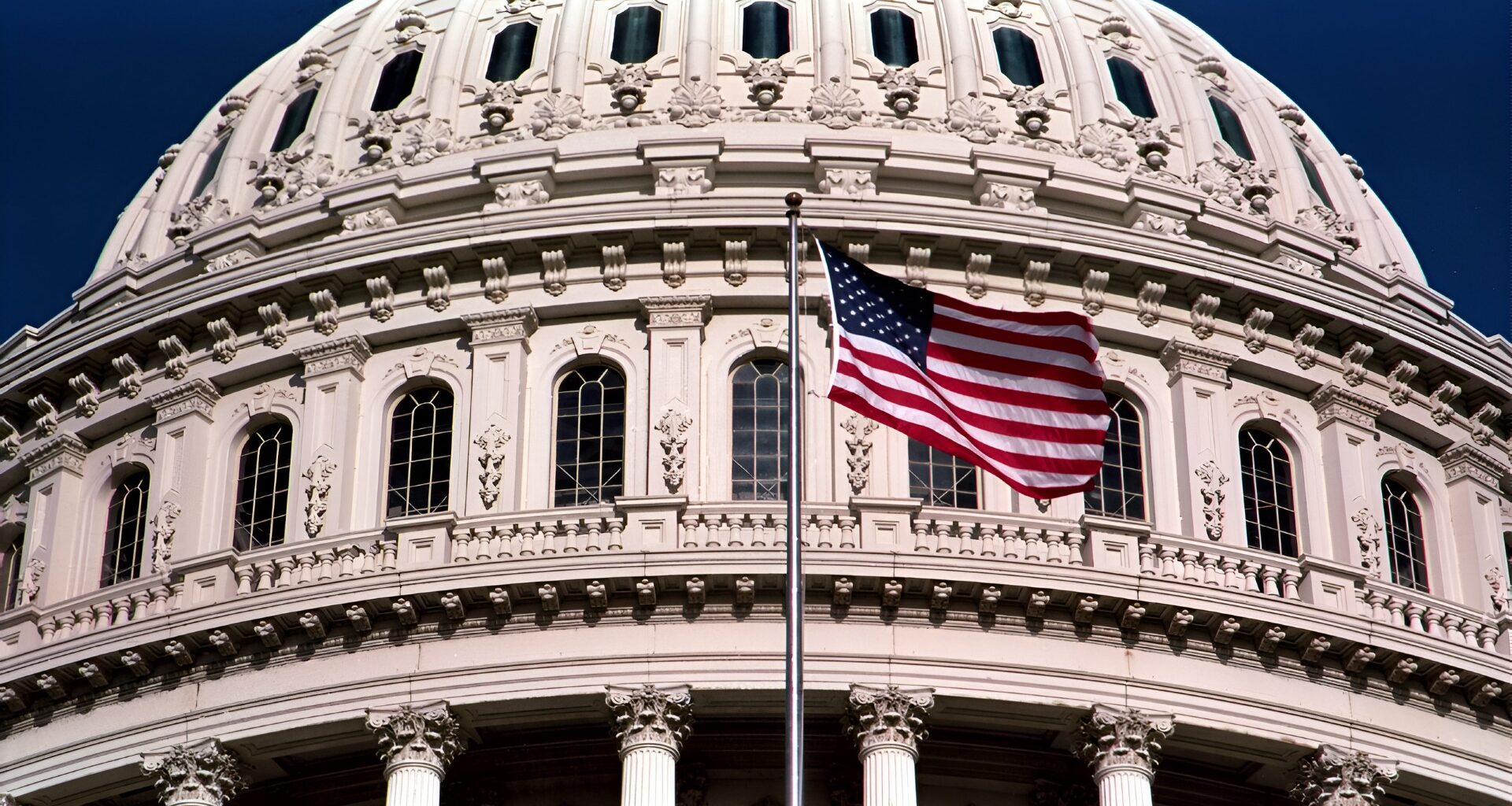On September 8, the House of Representatives voted to pass the Mental Health in Aviation Act of 2025 (H.R.2591), a bill introduced last spring by Representatives Pete Stauber of Minnesota and Sean Casten of Illinois. It’s one more step in the long process of turning legislation into law, but for aviation, it’s a significant one, and it’s important for pilots to understand why it matters.
The measure requires the FAA to review and update how it regulates mental health for people in aviation, including pilots and air traffic controllers. Among the changes on the table: expanding the list of approved medications, strengthening mental health training for Aviation Medical Examiners (AMEs), giving those examiners more authority, and enhancing the special issuance process for medical certificates.
“Aviators should not be unfairly penalized for seeking mental health care,” Casten said in a statement on September 8. “The current system perpetuates a culture of silence, and it’s past time that changes.”
Ultimately, the Mental Health in Aviation Act of 2025 seeks to address the harmful culture of silence and stigma related to mental health in the aviation industry through regulatory action.
Why It Matters
For decades, many pilots have avoided disclosing mental health concerns, worried it could cost them their careers. The result has been stigma, silence, and a reluctance to seek care. The Act’s goal is to create a more open system that encourages voluntary disclosure and treatment while reducing mental health stigmas in aviation. This is ultimately about improving safety.
There are already programs within the industry that show what support can look like, including programs offered through pilot unions to support mental and emotional wellbeing. American Airlines, for example, runs Project Wingman, a peer-support program for pilots and their families. But while programs like this are valuable and can serve as industry models, they don’t reach the entire aviation community. The new legislation aims to make mental health a consistent part of aviation safety, not an exception.
Stauber underscored the connection between workforce health and overall safety.
“Flying remains one of the safest forms of transportation but maintaining that safety means taking care of the people who make it possible,” Stauber said. “Unfortunately, current Federal Aviation Administration regulations prevent aviation professionals from seeking mental health care by imposing unfair penalties on those who do. This creates a dangerous culture of silence and stigma. The Mental Health in Aviation Act will break down these barriers and support the mental health of our aviation workforce.”
What Comes Next
Passage in the House is only part of the battle. The bill now heads to the Senate for another round of scrutiny, debate and a vote. If both chambers agree on the same version, it will move to the President’s desk for signature or veto.
Should it become law, the bill includes an outline for a mult-phase plan, driven by stakeholders, to implement its requirements. The FAA will have two years to update its regulations according, working with the Aviation Workforce Mental Health Task Group created under the 2024 FAA Reauthorization Act. That group includes pilot associations, air traffic controller unions, examiners, and medical experts. The FAA would also have to review and adjust the special issuance process each year.
If the President vetoes the bill, lawmakers could try to override it or reintroduce it in another form. With backing from organizations like AOPA, ALPA, and NBAA, momentum for change is unlikely to fade.
Staying Informed
Those who want to follow the bill’s progress can track updates on Congress.gov, where email alerts are available for H.R.2591.

